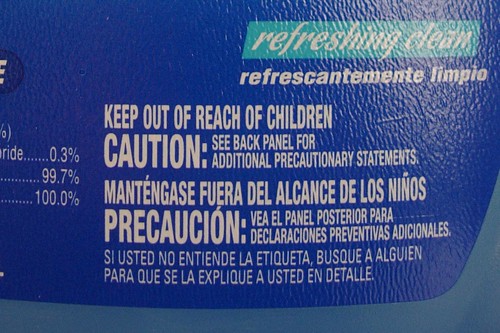Simulacra in the high culture bazaar.... (via BoingBoing)
There was an interesting article by James Surowiecki in the New Yorker this week about fashion design knockoffs, and the unacknowledged link in the chain of commerce which they play:
The paradox stems from the basic dilemma that underpins the economics of fashion: for the industry to keep growing, customers must like this year’s designs, but they must also become dissatisfied with them, so that they’ll buy next year’s.
It seems the real depends upon the simulacra in order to exist, or at least to have value.
There have been many other articles about the phenomenon of the simulacra over the past few years in the New Yorker. Here's a few off the top of my head:
- Calvin Trillin's claim that white wine served at room temperature tastes just like red wine if you close your eyes (I think Cal should stick to food writing).
- The story I blogged earlier about Argentinian sunflower-seed oil etc. being labeled as extra-virgin Italian olive oil.
- Last week's incredible story about Joyce Hatto, the greatest pianist who never was, and her Svengali-like husband, who assembled hundreds of Joyce Hatto CDs out of bits and bobs of other recordings, and turned her into a star, until the hoax was discovered. I liked the bit at the beginning about the cottage industry of recordings issued under false names.
- The story the week before that about the hard-working counterfeiter of bottles of wine reputed to have belonged to Thomas Jefferson, which sold to collectors for hundreds of thousands of dollars. Robert Parker was a fan.
Each of these articles takes as their subject a culturally freighted pleasure which forms one of the cornerstones of their target demographic's highbrow, luxury lifestyle: gourmet food, wine auctions, classical music, haute couture. In each case, received wisdom about the hierarchy of the Good is tested: blindfolded, could you tell white wine from red? How can critics praise the same recordings when attributed to Joyce Hatto which they dismissed when presented under their true performer's name? If a blind stranger came to dinner and you served him dog food, how much trouble would you be in when he turned out to be Wotan?
I guess part of what this supports is the idea that with the New Yorker you get the unvarnished truth, including cultural metacriticism.
So what is clearly needed to complete these categories of counterfeitings is a story about a literary fiction. It's surprising the Raymond Carver - Gordon Lish authorship dispute never made it to their pages.
But yes: in this aisle of culture, the New Yorker is a producer, not a critic.





